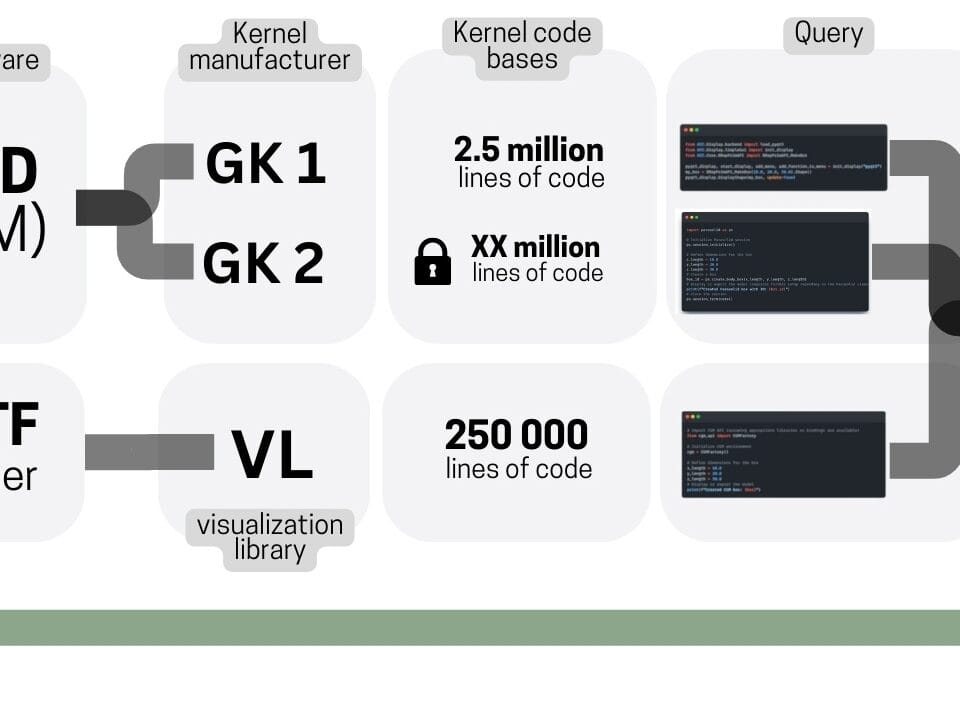Geometry in construction is not only a visualization, but also the basis for accurate quantitative calculations. In the project model, geometry supplements the lists of element parameters (Fig. 3.1-16) with important volumetric characteristics such as length, area and volume. These volumetric parameter values are calculated automatically using the geometry kernels and are the starting point for estimates, schedules, and resource models. As we discussed in Part 5 of the book and in the chapter “Costing and Estimating construction projects”, it is the volumetric parameters of object groups from CAD models that form the basis for modern ERP, PMIS systems. Geometry plays a fundamental role not only in the design phase, but also in project implementation management, schedule control, budgeting and operation. Just as thousands of years ago, when building Egyptian pyramids, the accuracy of a project depended on length measures like elbows and cubits, today the accuracy of geometry interpretation in CAD -programs directly affects the result: from budget and deadlines to contractor selection and delivery logistics
In a highly competitive and budget-constrained environment, the accuracy of volumetric calculations, which directly depends on geometry, becomes a survival factor. Modern ERP -systems directly depend on correct volumetric characteristics obtained from CAD – and BIM -models. That is why accurate geometric description of elements is not just a visualization, but a key tool for managing the cost and timing of construction.
Historically, geometry has been the primary language of engineering communication. From lines on papyrus to digital models, drawings and geometric representations have served as a means of exchanging information between designers, foremen and estimators. Before the advent of computers, calculations were done manually, using rulers and protractors. Today, this task is automated thanks to volumetric modeling: the geometric kernels of CAD programs transform lines and points into three-dimensional bodies, from which all the necessary characteristics are automatically extracted.
Working in CAD -programs, creation of geometric elements for calculations is performed through the user interface of CAD- (BIM-) programs. To transform points and lines into volumetric bodies, the geometric kernel is used, which performs the key task – transformation of geometry into volumetric models, from which the volumetric characteristics of the element are automatically calculated after approximation.






















